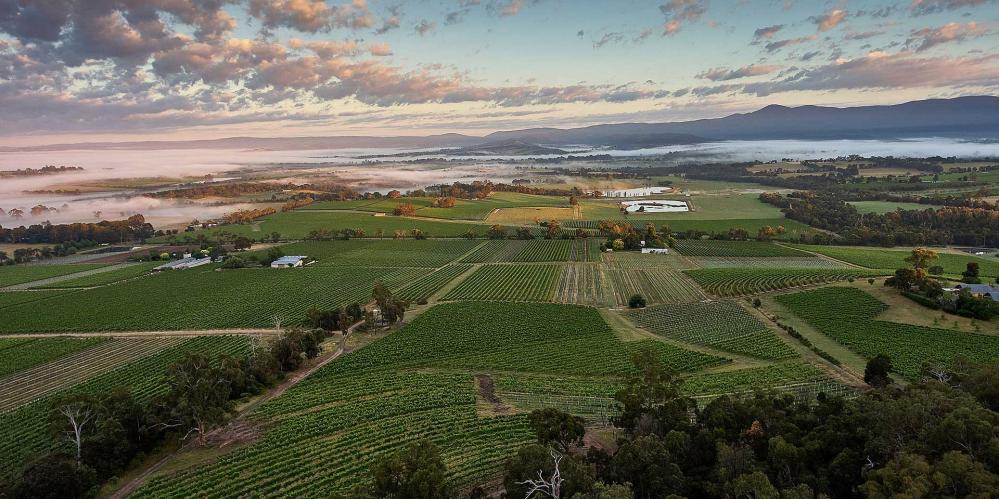Yarra Yering
关于我们
-
产区
-
地址Gruyere Vic 3770
-
葡萄园面积
-
电话+61 3 5964 9267
-
传真+61 3 5964 9239
-
网站https://www.yarrayering.com
Yarra Yering estate is named after its location of Yarra Valley in the state of Victoria, Australia. Right from the mid-1800s all the way up to the 1920s, wine was a significant export of the Yarra Valley. However, by the 1920s several factors including the economic situation, changing tastes and high wool prices combined to stymie winemaking in the area. It wasn’t until 1969 that Yarra Valley’s winemaking industry was rejuvenated by Dr Bailey Carrodus.
Carrodus held a horticultural degree from Victoria University of Wellington, New Zealand, a degree in winemaking from Roseworthy Agricultural College in South Australia, Australia, and a PhD in plant physiology from the University of Oxford, UK, from 1965. After his time at Oxford, Carrodus set about touring the vineyards and wineries of France, Spain, Portugal and Italy before travelling to Australia to work at the University of Melbourne. Thus began his search for a vineyard, with his students reportedly being sent out on research trips to Yarra Valley to study its flora, topography and soils in order to find the optimal site for growing vines.
This site was eventually found at the foot of the Warramate Hills. The location was ideal due to its sun-exposed northerly slopes, good drainage and elevation from the valley floor, and planting quickly began in earnest in 1969. The vineyard was consequently named Yarra Yering and in 1973 Carrodus made his first vintage of Dry Red Wine No. 1, a Bordeaux inspired blend, and Dry Red Wine No. 2, a northern Rhone blend. After the death of Carrodus in 2008, the estate was purchased by the current co-owners Ed Peter and Reid Bosward (of Kaesler, South Australia).
Winemaker Sarah Crowe joined Yarra Yering in 2013 and immediately took over the running of the estate’s 28 hectares (70 acres) of vineyard. Traditionally these vineyards had been planted with Cabernet Sauvignon, Pinot Noir, Shiraz and Chardonnay, however, expansion in the 1990s led to these being supplemented with classic Portuguese grape varieties – Touriga Naςional, Tinta Cão, Tinta Amarela, Alvarelhao and Sousão – alongside Merlot, Mourvedre and Petit Verdot. The fruit is collected by hand and fermented in stainless steel-lined wooden ‘tea chest’ fermenters designed by Carrodus. Once fermentation in the tea chests is complete the wine undergoes malolactic fermentation in French oak barrels.



